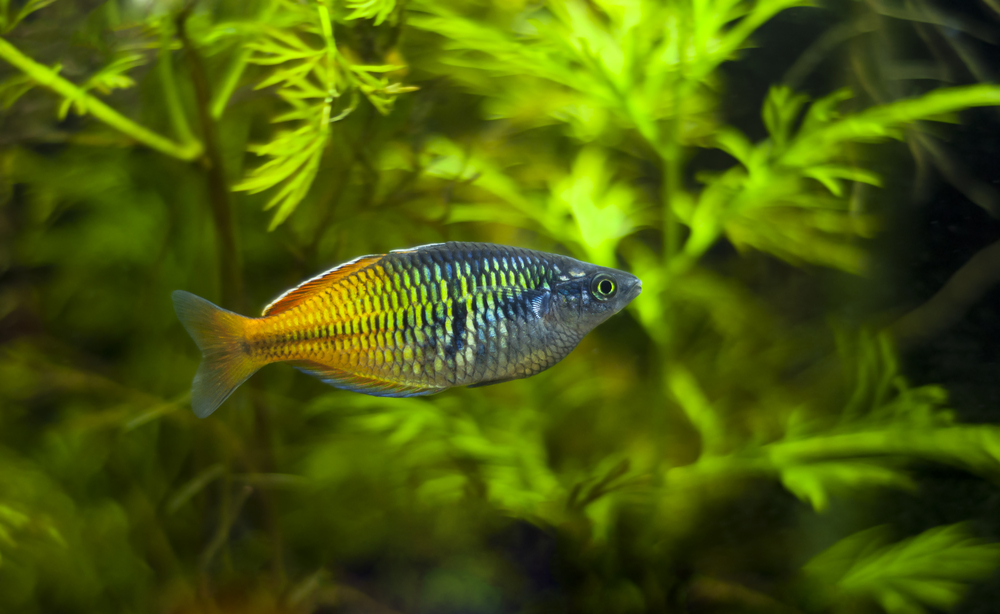
What Do Crabs Eat?
This article will discuss different types of crabs, their diet, and how to feed crabs in captivity. Before we discuss the different types of crabs, let's look at the species that make up the crayfish family. The American crayfish lives in Florida and the Gulf of Mexico, and its natural habitat includes the coastal waters of the United States. Its scavenger nature allows it to move easily throughout the terrain, feeding on anything that is within its reach. Similarly, the blue crayfish lives in the warm climate of Australia, and is a detritivorous scavenger. Check What do crabs eat to learn more.
Food sources
A wide variety of animal products and other items are great food sources for crabs. These sources are often readily available and easy to find. Many different kinds of algae are eaten by crabs, including microscopic and macroscopic species. Some crabs filter the algae out of the water and sand by using their claws. Other types of crabs scrape sediment off rocks and other structures. This type of food is also readily available to most crab species.
There are over 4,000 different types of crabs. The four most common species are Dungeness, Blue, and King. Although they look quite different, all of them feed on the same types of foods. Crabs primarily feed on algae, plankton, and other aquatic animals. Crabs can also scavenge dead fish and other objects, and are known to tear open the shells of fish to eat the soft flesh.
Feeding crabs
There are several things to consider when feeding your pet crab. For example, crabs love fresh produce. Peeled oranges, cooked carrots and celery stalks are great choices for their diet. Try to feed your crabs at least twice a day, but if you don't see any results, try again the next day. It's important to choose a shallow dish, as their stomachs are sensitive.
Crabs feed by filtering the water, sand, and sediment to catch plankton. While most crab species use specialized gills to filter their food, others are able to find it with their unspecialized gills. The porcelain crab is one such example, named for its delicate nature. It tends to lose limbs, but can regenerate most of them. The rate at which your crabs feed will depend on how often they change feeding modes.
Feeding crabs in captivity
When feeding your pet crab, he or she will grow the fastest when fed a diet consisting of 20 to 30% protein. Crabs need all types of protein, and the proportions of amino acids vary depending on species. Calcium is an important part of their diet, as calcium forms their shell. Calcium carbonates and magnesium are mineralized forms of calcium. Crabs with low calcium levels will develop weak shells, which are vulnerable to diseases, heat, and dehydration.
When feeding crabs in captivity, you can give them feeder fish or livebearer fry. Livebearer fry are especially popular with crabs, but keep in mind that guppies and mollies can carry parasites. You should also avoid dead fish as these can expose crabs to diseases. Make sure to provide your pet crabs with fresh water every day. If you are unsure what to feed your pet crab, check with your veterinarian to determine the correct diet for your type of crab.